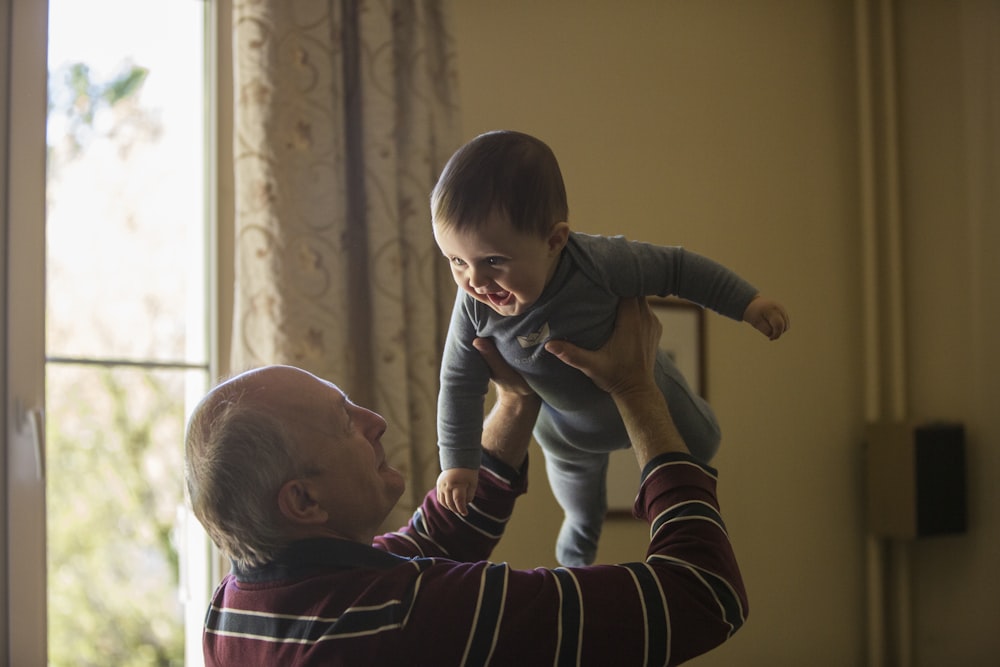目次
高齢者の転倒を予防するためには活動量を増やした方が良い?増やしすぎない方が良い?
高齢者の転倒を考えるうえで非常に難しいのが身体活動量に関する指導です.
身体活動量を増やすことは筋力低下の予防にもつながり,外出機会が増えれば社会的フレイルの予防にもつながると考えられます.
一方で身体活動量が増えればバリアのある環境へ出向く機会も増えるわけですので,転倒リスクというのも高くなることが予測されます.
実際のところ身体活動量を増やした方が良いのでしょうか?
それとも増やしすぎない方が良いのでしょうか?
今回は高齢者の転倒を予防するためには活動量を増やした方が良いのか,増やしすぎない方が良いのかを考えるうえで参考になる論文をご紹介させていただきます.

今回ご紹介する論文
Research. Open Access Published: 22 August 2022
Physical activity as a risk or protective factor for falls and fall-related fractures in non-frail and frail older adults: a longitudinal study
Maaike van Gameren, Emiel O. Hoogendijk, Natasja M. van Schoor, Daniël Bossen, Bart Visser, Judith E. Bosmans & Mirjam Pijnappels
BMC Geriatrics volume 22, Article number: 695 (2022) Cite this article
今回ご紹介する論文は2022年に掲載された論文です.
研究の背景
Physical activity may be both a risk and protective factor for falls and fall-related fractures. Despite its positive effects on muscle and bone health, physical activity also increases exposure to situations where falls and fractures occur. This paradox could possibly be explained by frailty status. Therefore, the aim of this study was to investigate the associations between physical activity and both falls and fractures, and to determine whether frailty modifies the association of physical activity with falls, and fractures.
身体活動は転倒および転倒関連骨折の危険因子であると同時に予防因子である可能性があります.
筋肉と骨の健康に対するプラスの効果にもかかわらず,身体活動は転倒や骨折が発生する状況への曝露を増加させます.
このパラドックスはおそらくフレイルによって説明される可能性があります.
この研究では身体活動と転倒および骨折の両方との関連性を調査し,フレイルが身体活動と転倒および骨折との関連性を修飾するかどうかを明らかにすることを目的としております.
研究の方法
Data of 311 community-dwelling participants aged 75 years or older from the Longitudinal Aging Study Amsterdam, who participated in a three-year longitudinal study with five nine-monthly measurements between 2015/2016 and 2018/2019. Their mean age was 81.1 (SD 4.8) years and frailty was present in 30.9% of the participants. Physical activity in minutes per day was objectively assessed with an inertial sensor (Actigraph) for seven consecutive days. Falls and fractures were assessed every nine months using self-report during an interview over a follow-up period of three years. Frailty was determined at baseline using the frailty index. Associations were estimated using longitudinal logistic regression analyses based on generalized estimating equations.
Longitudinal Aging Study Amsterdamの2015/2016年から2018/2019年の3年間,9ヶ月ごとに5回測定する縦断研究に参加した75歳以上の地域在住者311例のデータを用いております.
平均年齢は81.1歳(SD 4.8),フレイルは対象者の30.9%に認められました.
1日あたりの身体活動量(分)は,連続7日間,慣性センサー(Actigraph)を用いて客観的に評価がなされております.
転倒と骨折は3年間のフォローアップ期間中,9ヶ月ごとに自己報告による面接で評価を行っております.
フレイルはベースライン時にfrailty indexを用いて判定しております.
一般化推定方程式に基づく縦断的ロジスティック回帰分析により,関連性を推定しております.
研究の結果
No association between physical activity and falls was found (OR = 1.00, 95% CI: 0.99–1.00). Fall risk was higher in frail compared to non-frail adults (OR = 2.21, 95% CI: 1.33–3.68), but no effect modification was seen of frailty on the association between physical activity and falls. Also no relation between physical activity and fractures was found (OR = 1.00, 95% CI: 0.99–1.01). Fracture risk was higher in frail compared to non-frail adults (OR = 2.81, 95% CI: 1.02–7.75), but also no effect modification of frailty was present in the association between physical activity and fractures.
身体活動と転倒との関連は認められませんでした(OR = 1.00、95%CI: 0.99-1.00).
転倒リスクは非フレイルよりもフレイルにおいて高い結果でありましたが(OR = 2.21, 95% CI: 1.33-3.68),身体活動と転倒との関連にフレイルの効果修飾は見られませんでした.
また身体活動と骨折の関連も認められませんでした(OR=1.00、95%CI:0.99-1.01).
骨折リスクは非フレイルよりもフレイルにおいて高い結果でありましたが(OR = 2.81, 95% CI: 1.02-7.75 ),身体活動と骨折の関係においてもフレイルの修飾は認められませんでした.
研究の結論
No association between physical activity and neither falls nor fractures was found, and frailty appeared not to be an effect modifier. However, frailty was a risk factor for falls and fractures in this population of older adults. Our findings suggest that physical activity can be safely recommended in non-frail and frail populations for general health benefits, without increasing the risk of falls.
身体活動と転倒・骨折の関連は見られず,フレイルは効果修飾因子ではないことが明らかとなりました.
しかしこの高齢者集団ではフレイルは転倒・骨折の危険因子でありました.
今回の研究結果から身体活動は転倒のリスクを増加させることなく,一般的な健康上の利点から非フレイルおよびフレイル集団に安全に推奨できることが示唆されます.
今回は高齢者の転倒を予防するためには活動量を増やした方が良いのか,増やしすぎない方が良いのかを考えるうえで参考になる論文をご紹介させていただきました.
今回の結果から考えるとフレイルの有無に関わらず身体活動量を増加させることが骨折や転倒の予防に結び付く可能性が示唆されますね.
われわれの印象とは異なり身体活動量の増加は直接的には転倒リスクに結びつかないということになりますね.






